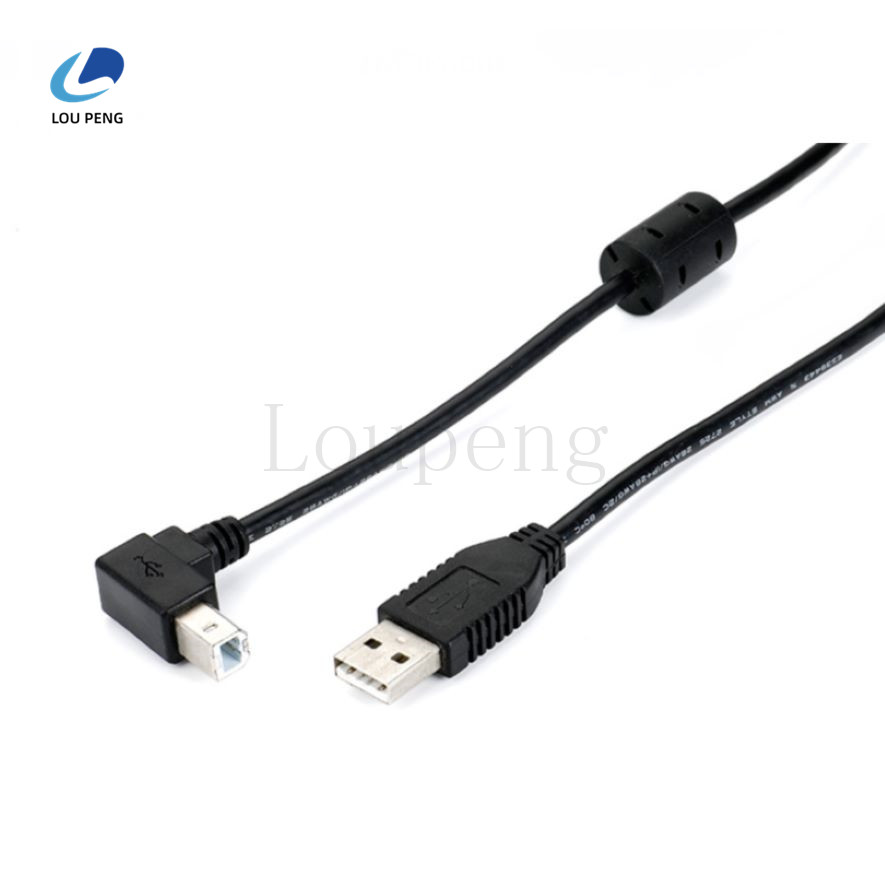The challenge of fast data transmission in smart home to USB cable design!
With the rapid development of science and technology, smart home has become an important part of modern life. In order to achieve efficient communication and data transmission between smart home devices, USB cables, as an important data transmission medium, are facing many design challenges.

Smart home devices usually need to process a large amount of data, including video surveillance, environmental monitoring, user instructions, etc. These data put forward high requirements for transmission speed. The traditional USB 1.1 and USB 2.0 standards have been unable to meet this demand, and USB 3.0, USB 3.1 and higher versions of the standards have gradually become mainstream. These new versions of the standards support higher data transmission speeds, but at the same time they also put forward higher requirements on the physical design and electrical performance of USB cables.
In order to achieve high-speed data transmission, USB cables need to adopt differential signal transmission and strictly control impedance. This means that the wire diameter, wire spacing and shielding layer design of the cable need to be accurately calculated and optimized to ensure the integrity and stability of the signal. At the same time, the total length of the cable also needs to be controlled within a certain range to avoid signal attenuation and interference.
There are many types of smart home devices, and the interface types are also different. This requires that USB cables need to have wide compatibility and be able to adapt to different types of USB interfaces. For example, the Type-C interface has been widely used in smart home devices for its convenience of being pluggable in both directions and its high-speed data transmission capability. Therefore, the USB cable needs to support the Type-C interface and ensure compatibility with other common interfaces (such as Type-A).
Smart home devices usually need to run for a long time, which requires the USB cable to have good durability and stability. The cable needs to be able to withstand frequent plugging and unplugging and bending while maintaining stable electrical performance. In addition, the use environment of smart home devices is complex and changeable, and the cable also needs to have certain waterproof, dustproof and corrosion resistance.
With the increasing prominence of smart home security issues, the security of data transmission has also become an important consideration. The design of USB cables needs to consider how to prevent data leakage and illegal access to ensure that data transmission between smart home devices is safe and reliable.
In summary, the rapid transmission of smart home data poses many challenges to the design of USB cables. In order to meet these challenges, designers need to comprehensively consider and optimize physical design, electrical performance, compatibility, durability and safety to ensure that USB cables can meet the high-speed, stable and secure data transmission requirements of smart home devices.


